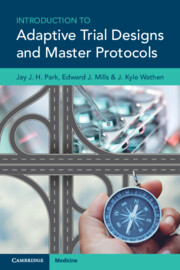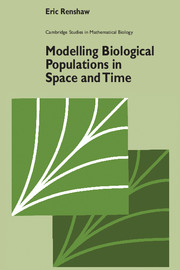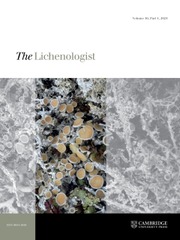Structural Equation Modeling
This book presents an introduction to the methodology of structural equation modeling, illustrates its use, and goes on to argue that it has revolutionary implications for the study of natural systems. A major theme of this book is that we have, up to this point, attempted to study systems primarily using methods (such as the univariate model) that were designed only for considering individual processes. Understanding systems requires the capacity to examine simultaneous influences and responses. Structural equation modeling (SEM) has such capabilities. It also possesses many other traits that add strength to its utility as a means of making scientific progress. In light of the capabilities of SEM, it can be argued that much of ecological theory is currently locked in an immature state that impairs its relevance. It is further argued that the principles of SEM are capable of leading to the development and evaluation of multivariate theories of the sort vitally needed for the conservation of natural systems. Supplementary information can be found at the authors website,http://www.jamesbgrace.com/.
Details why multivariate analyses should be used to study ecological systems
Exposes unappreciated weakness in many current popular analyses
Emphasises the future methodological developments needed to advance our understanding of ecological systems
Product details
March 2003Hardback
9780521781336
424 pages
229 × 152 × 24 mm
0.73kg
74 b/w illus. 61 tables
Available
Table of Contents
- Part I. Theory:
- 1. Structural equation modelling: an introduction Scott L. Hershberger, George A. Marcoulides and Makeba M. Parramore
- 2. Concepts of structural equation modelling in biological research Bruce H. Pugesek
- 3. Modelling a complex conceptual theory of population change in the Shiras moose: history and recasting as a structural equation model Bruce H. Pugesek
- 4. A short history of structural equation models Adrian Tomer
- 5. Guidelines for the implementation and publication of structural equation models Adrian Tomer and Bruce H. Pugesek
- Part II. Applications:
- 6. Modelling intra-individual variability and change in bio-behavioural developmental processes Patricia H. Hawley and Todd D. Little
- 7. Examining the relationship between environmental variables and ordination axes using latent variables and structural equation modelling James B. Grace
- 8. From biological hypotheses to structural equation models: the imperfection of causal translation Bill Shipley
- 9. Analysing dynamic systems: a comparison of structural equation modelling and system dynamics modelling Peter S. Hovmand
- 10. Estimating analysis of variance models as structural equation models Michael J. Rovine and Peter C. M. Molenaar
- 11. Comparing groups using structural equations James B. Grace
- 12. Modelling means in latent variable models of natural selection Bruce H. Pugesek
- 13. Modeling manifest variables in longitudinal designs - a two-stage approach Bret E. Fuller, Alexander von Eye
- Philip K. Wood and Bobby D. Keeland
- Part III. Computing:
- 14. A comparison of the SEM software packages Amos, EQS and LISREL Alexander von Eye and Bret E. Fuller
- Index.








